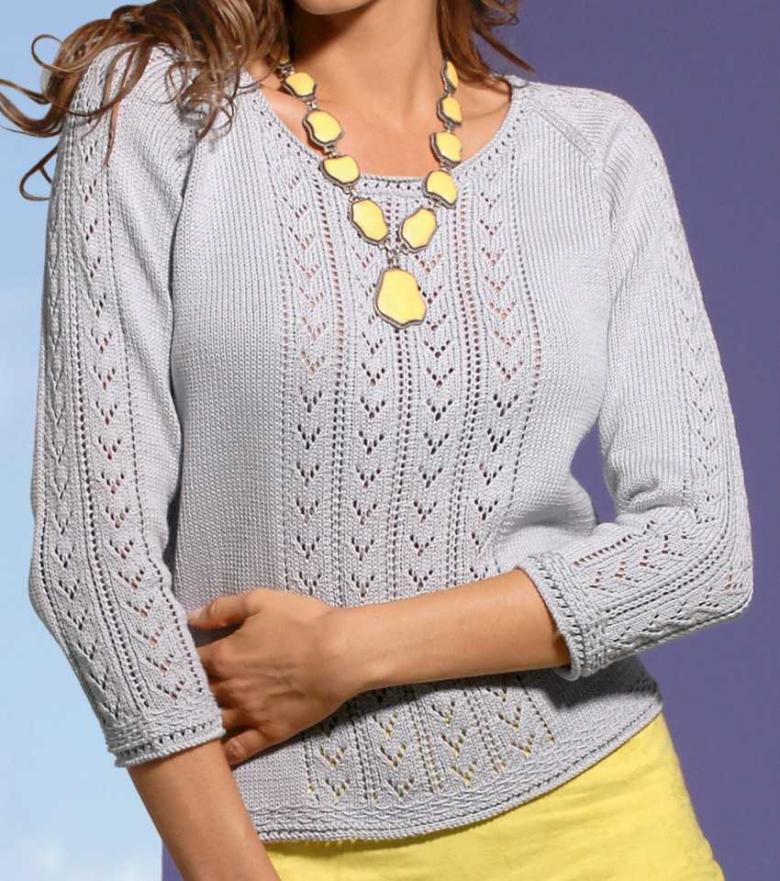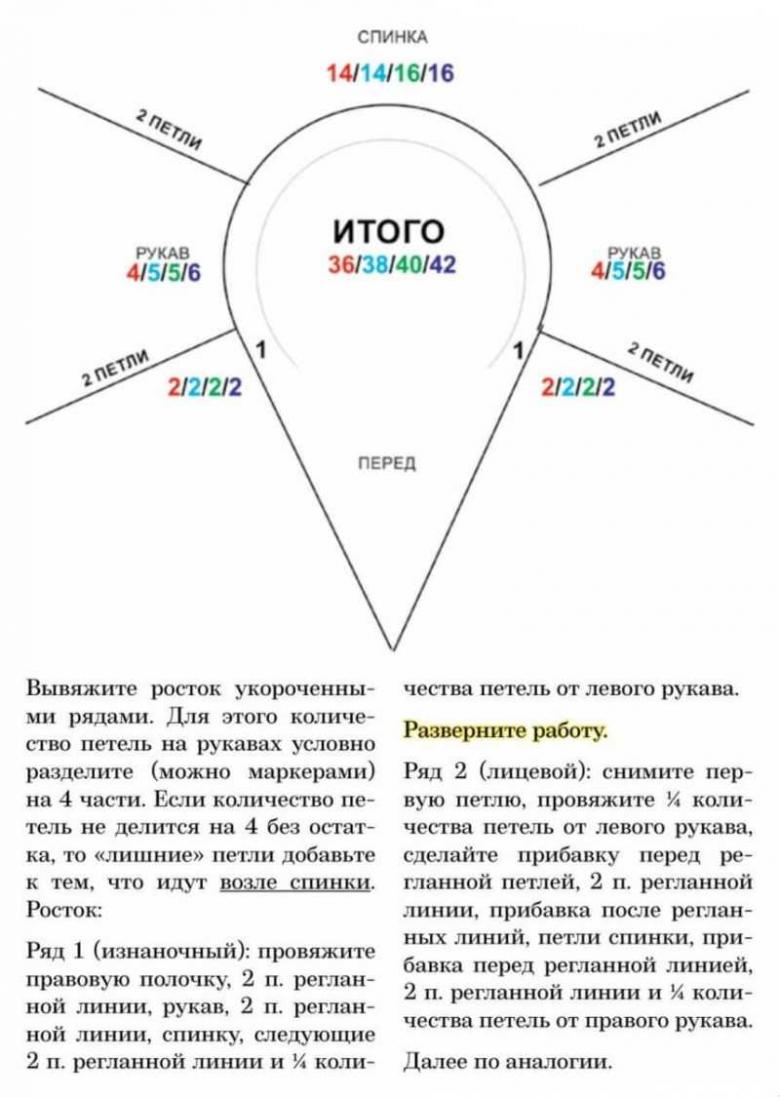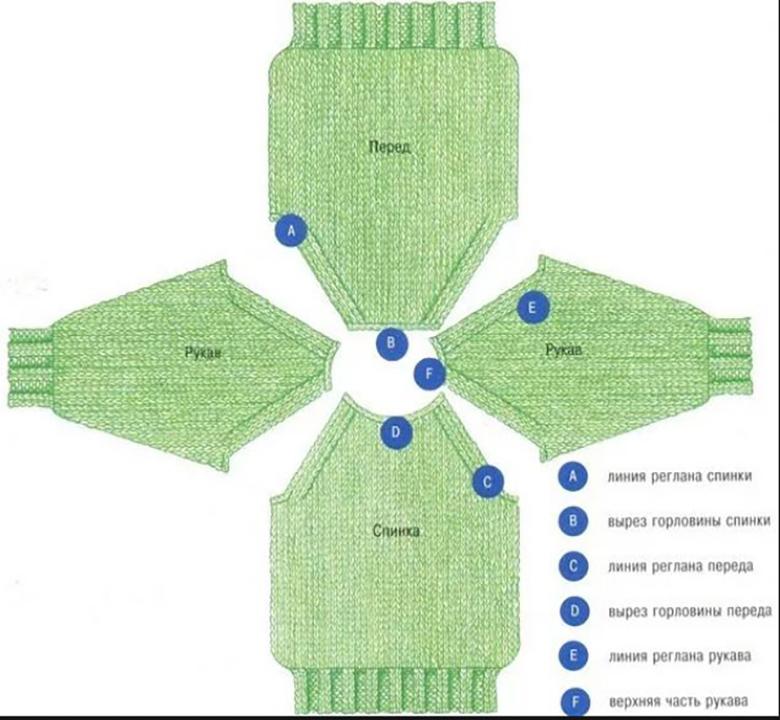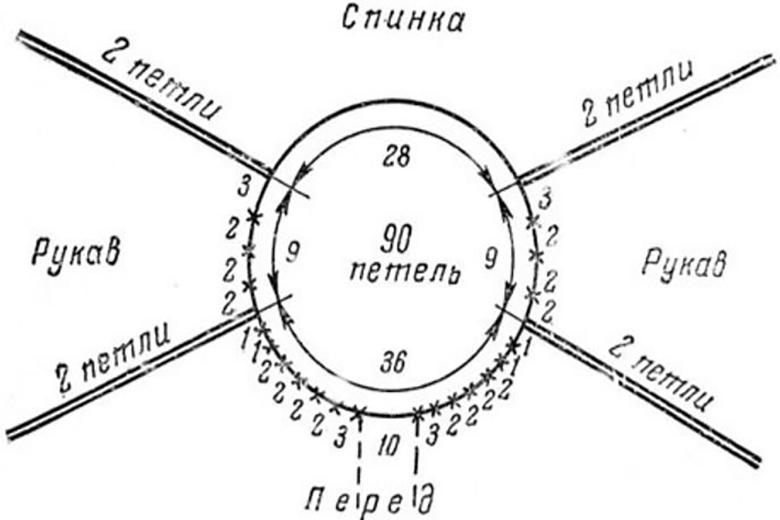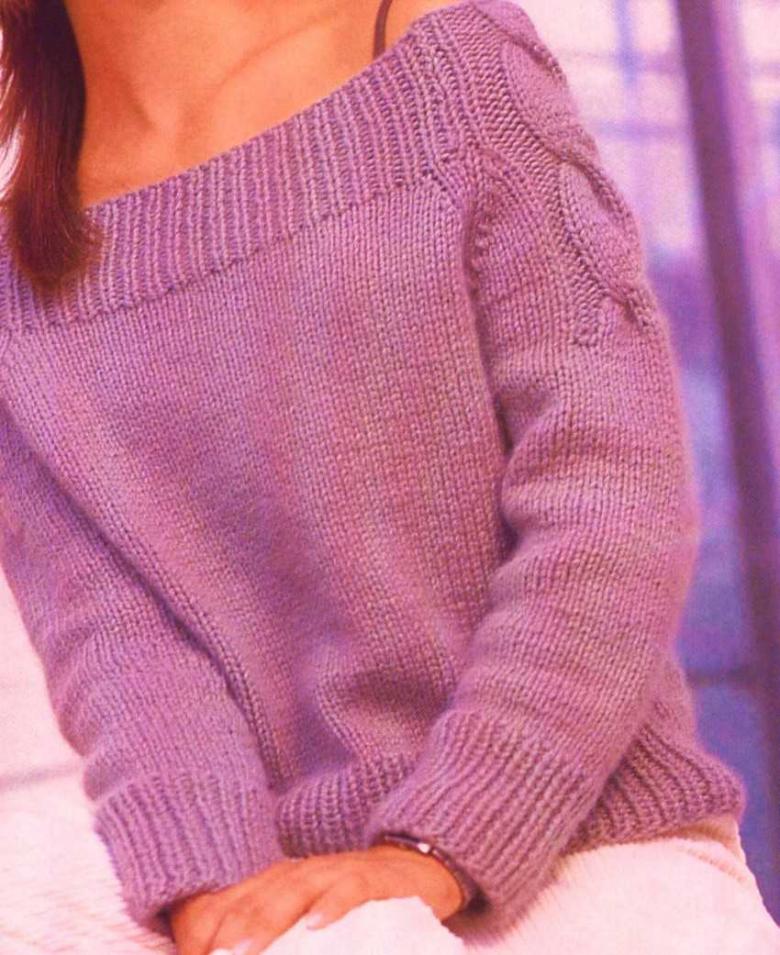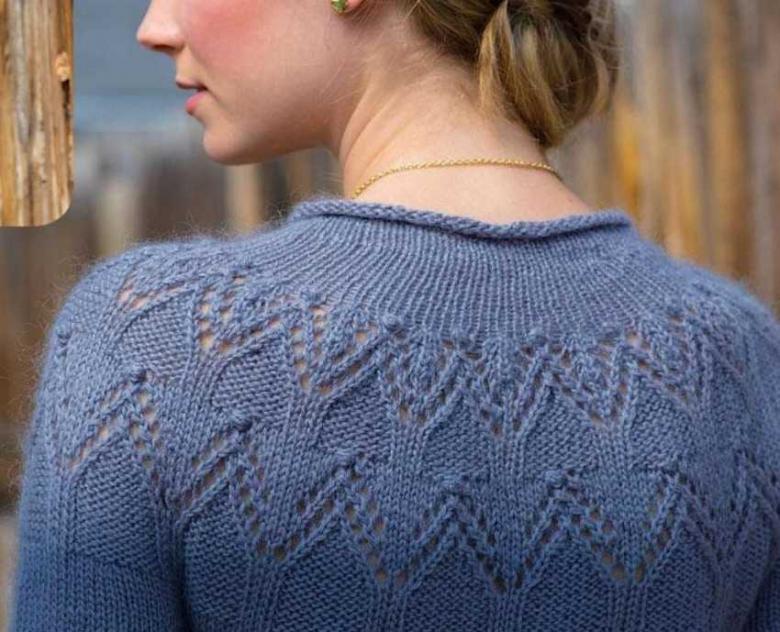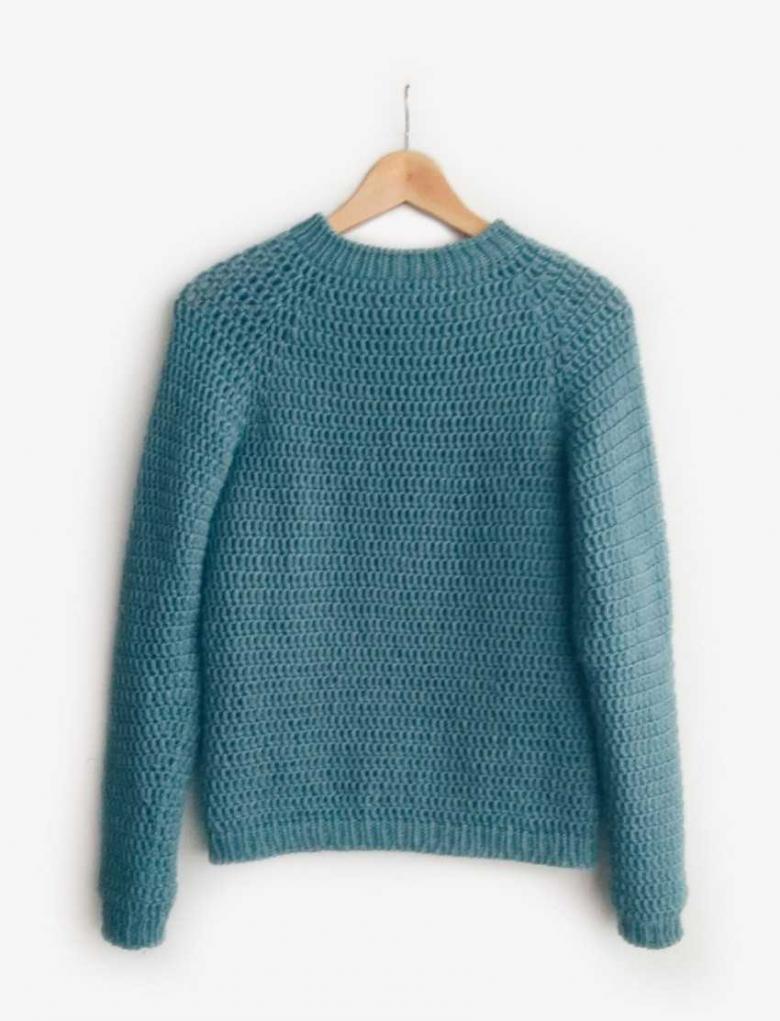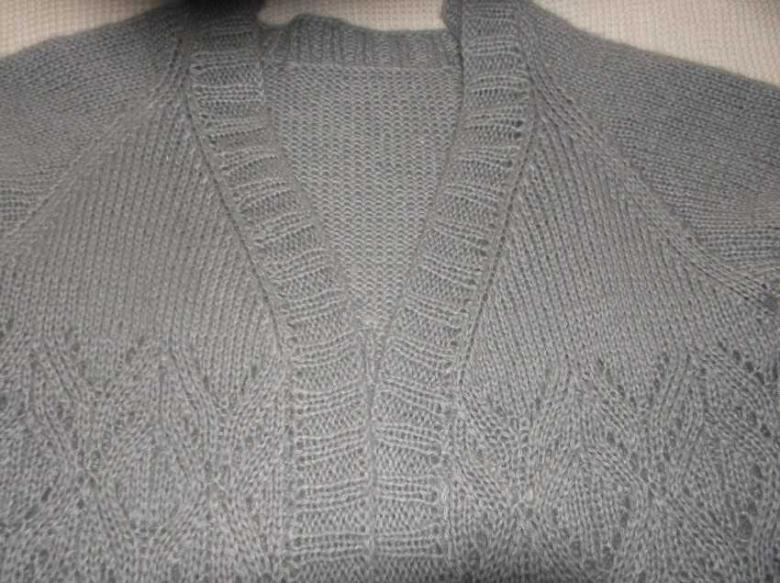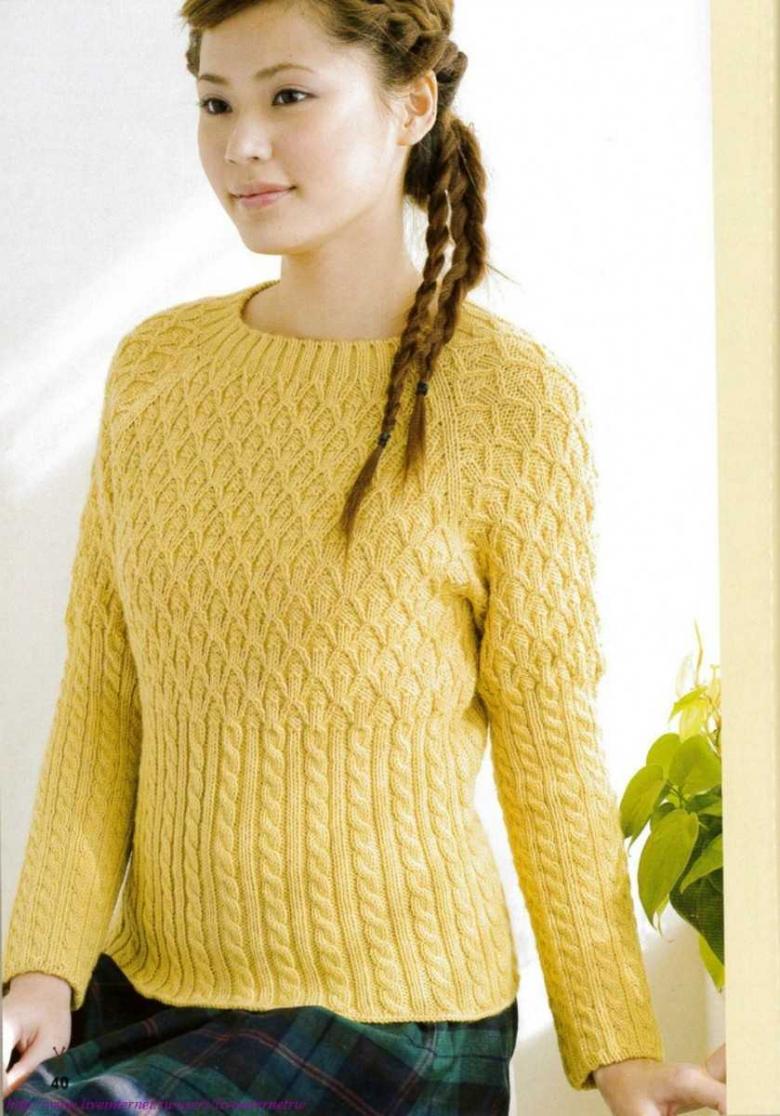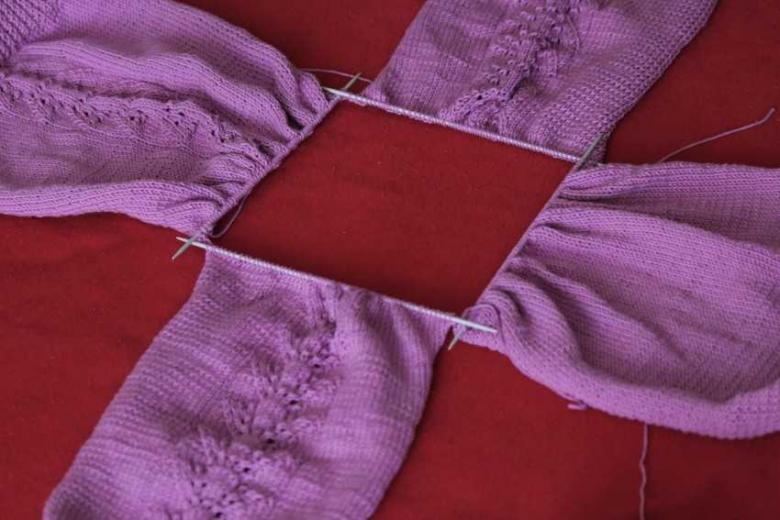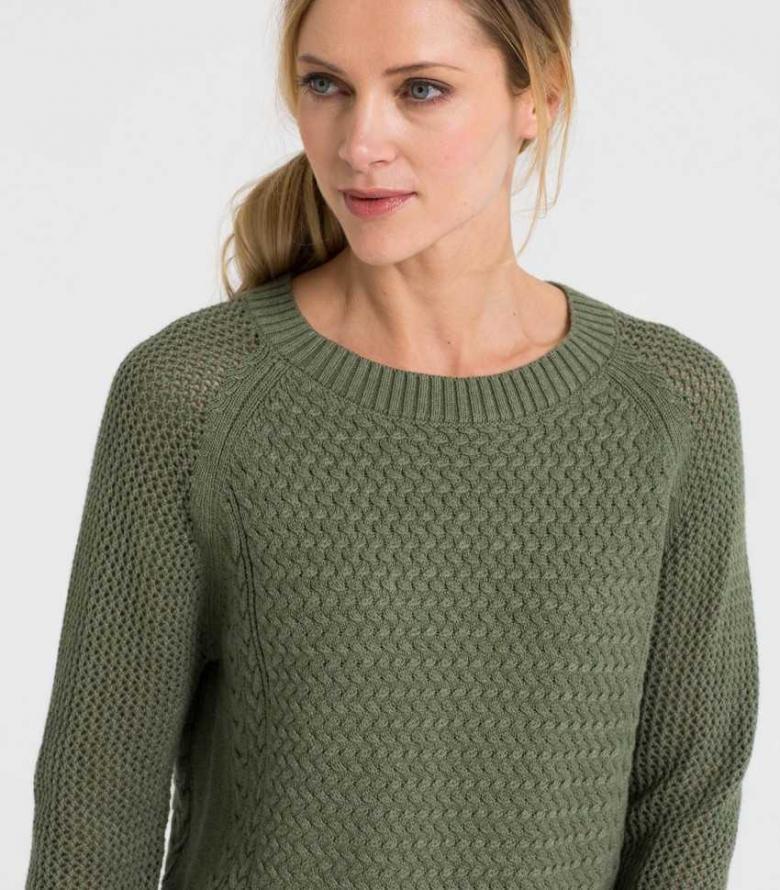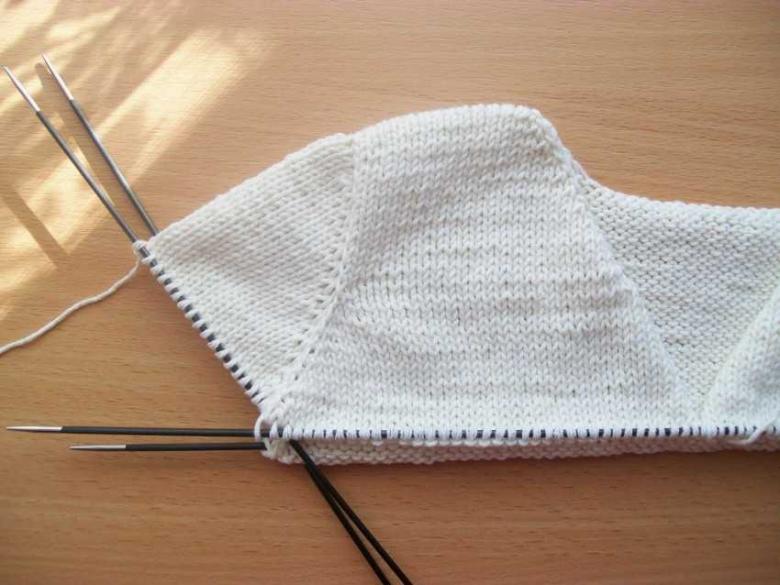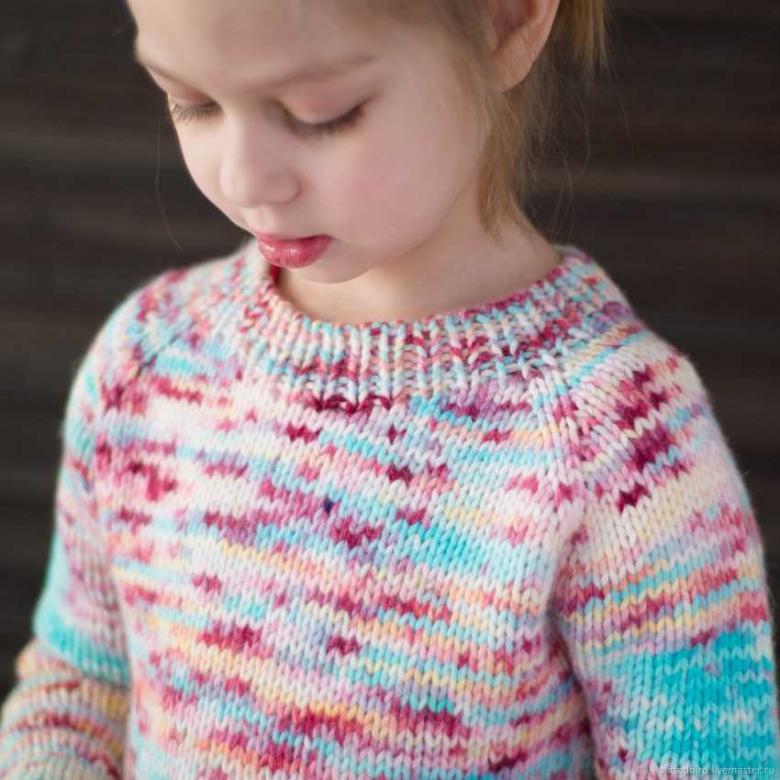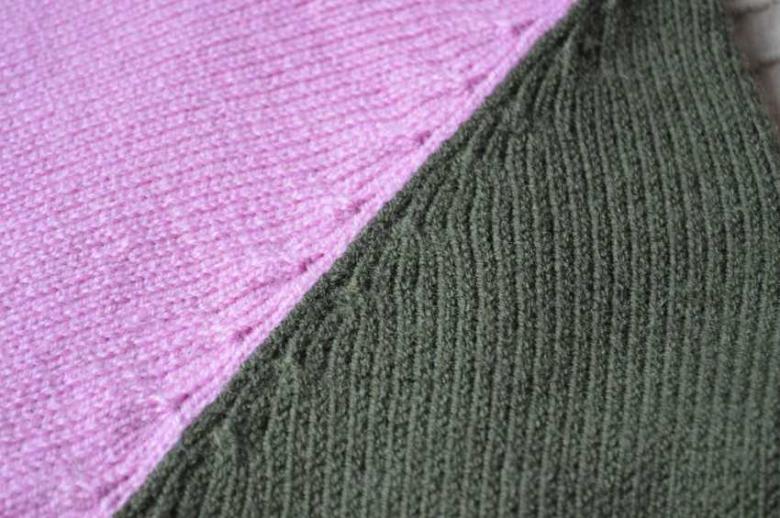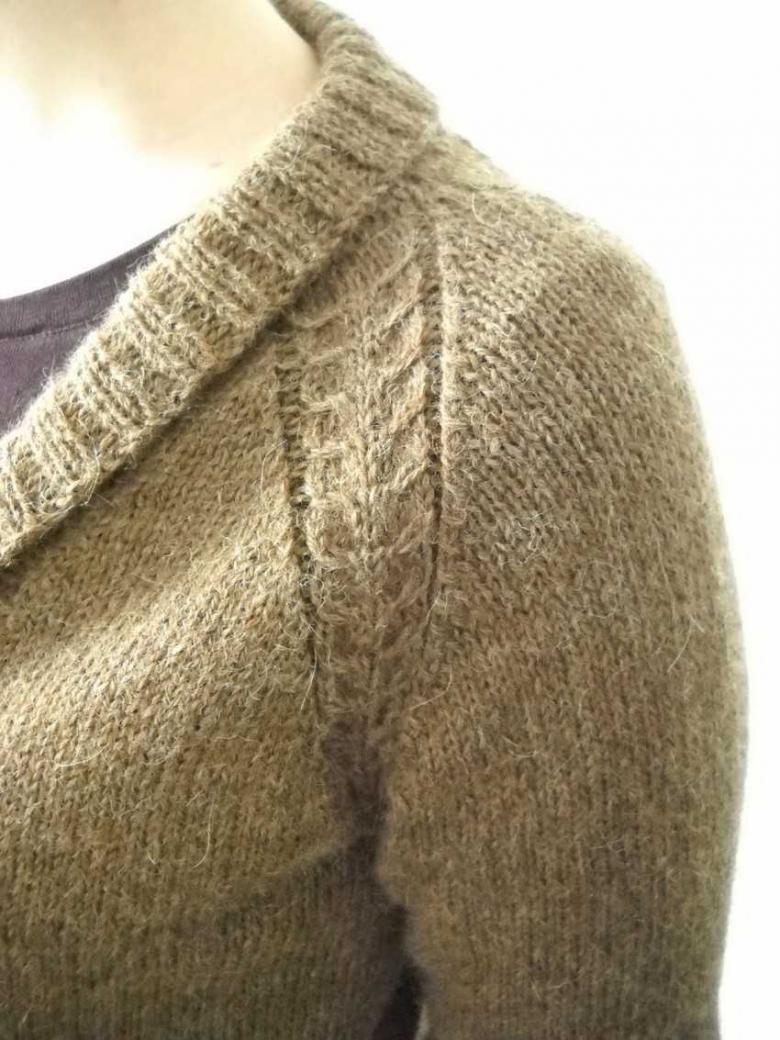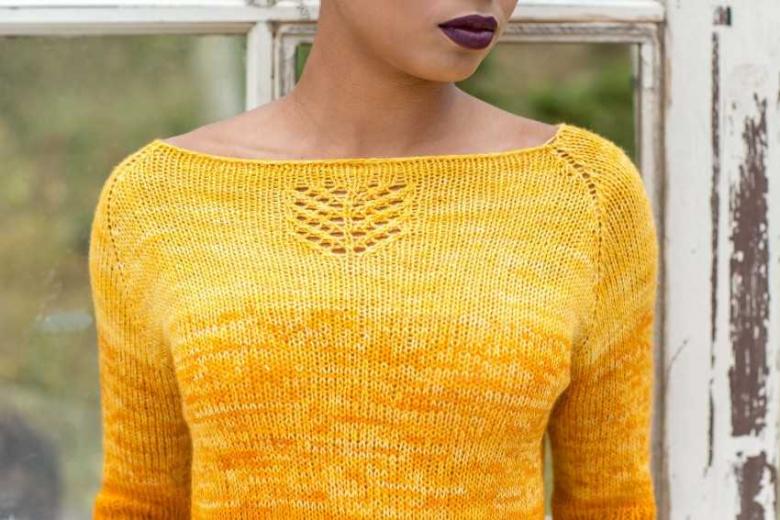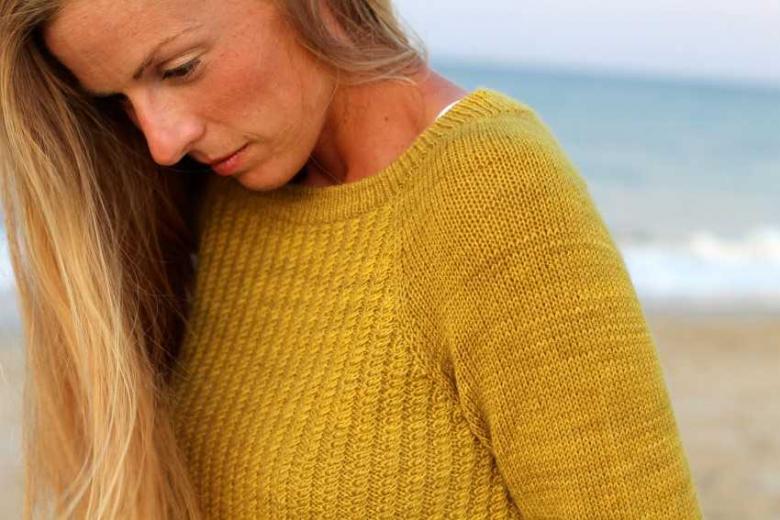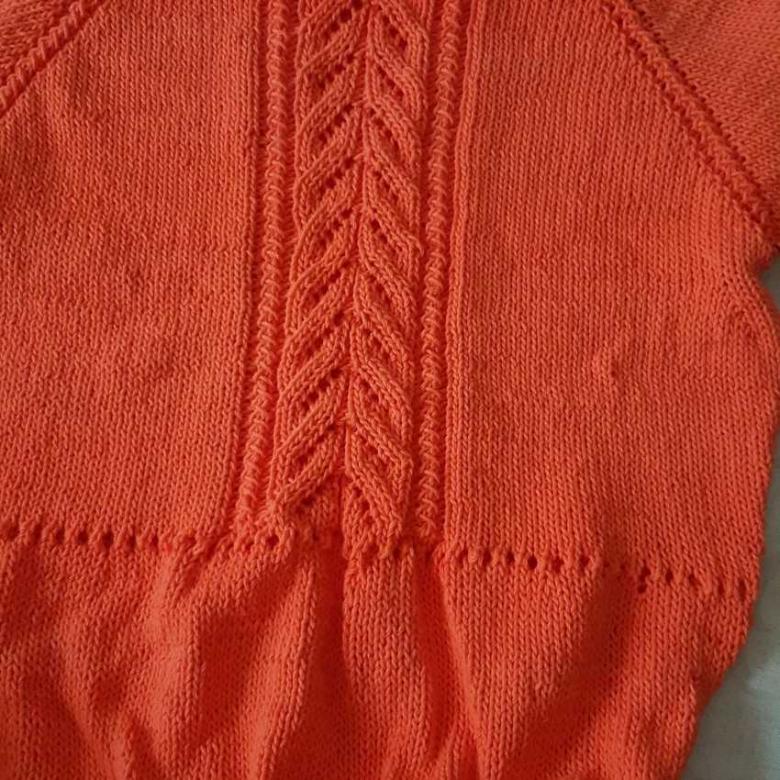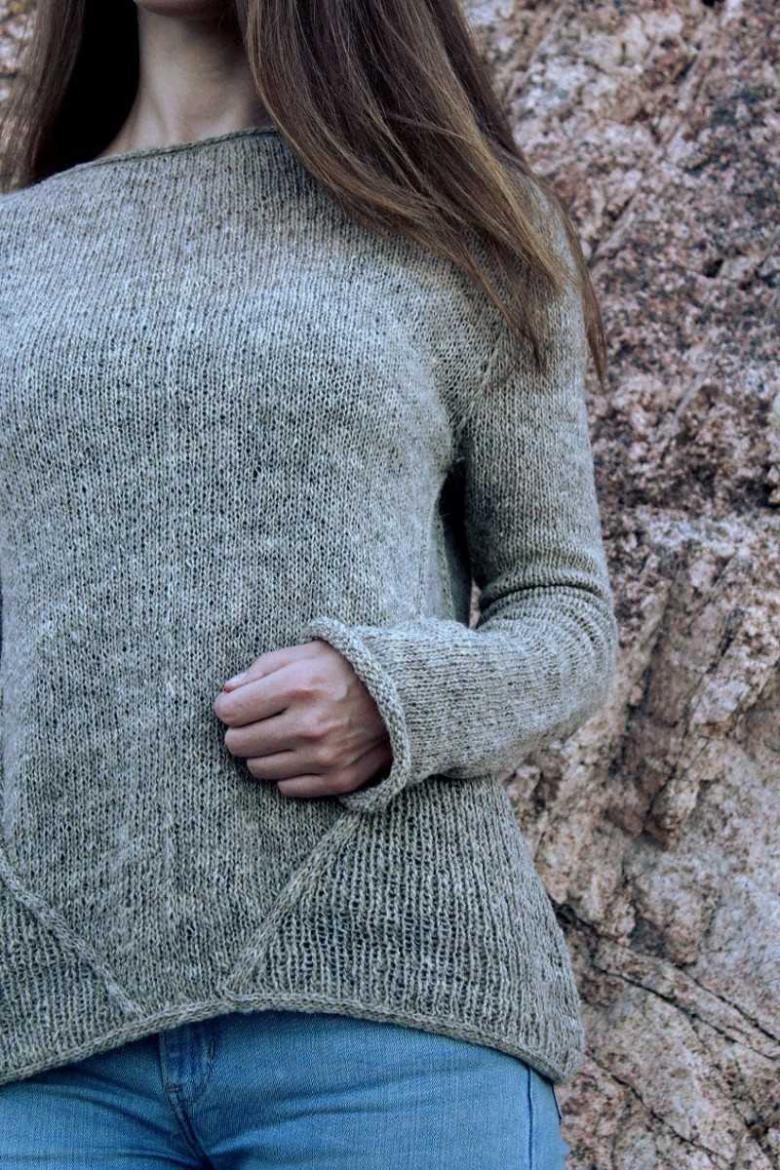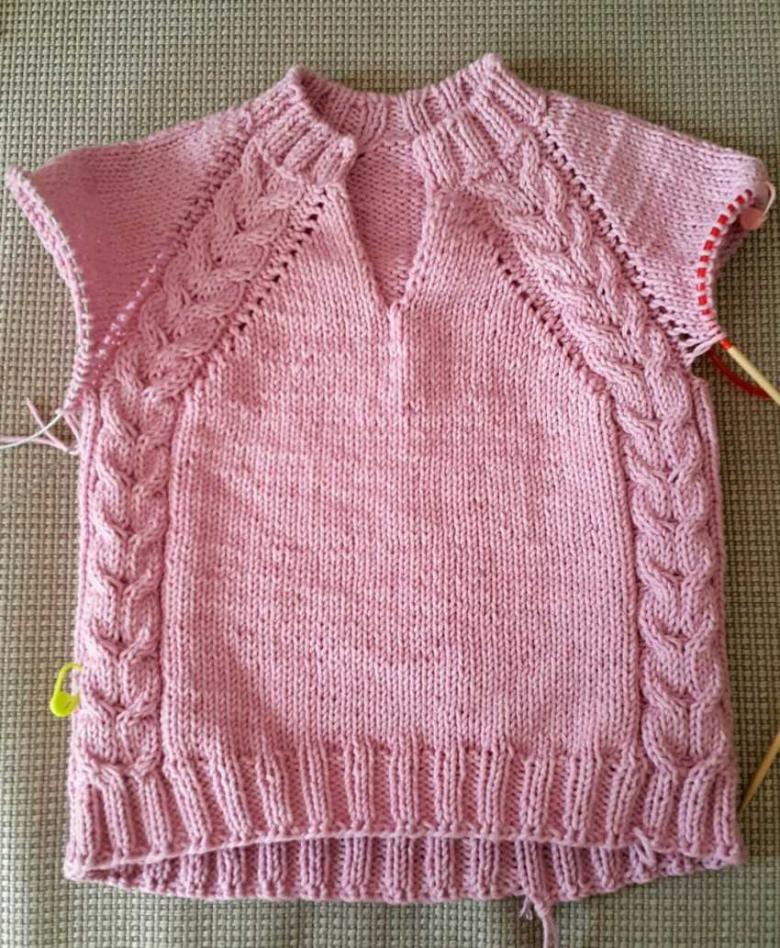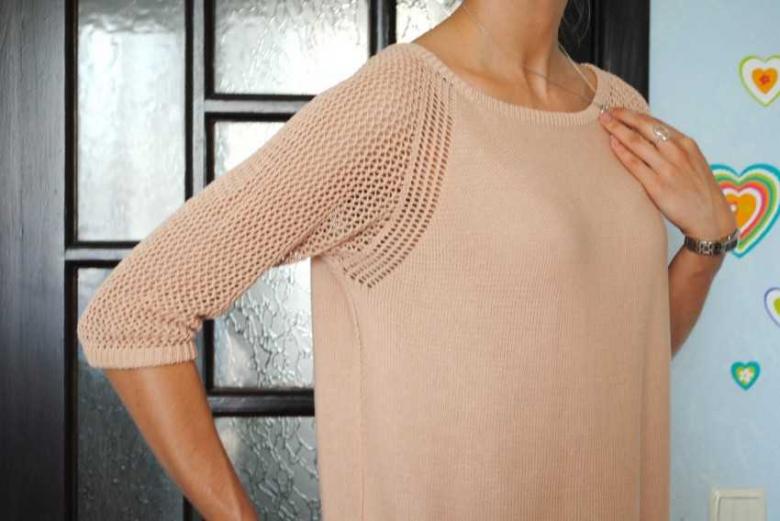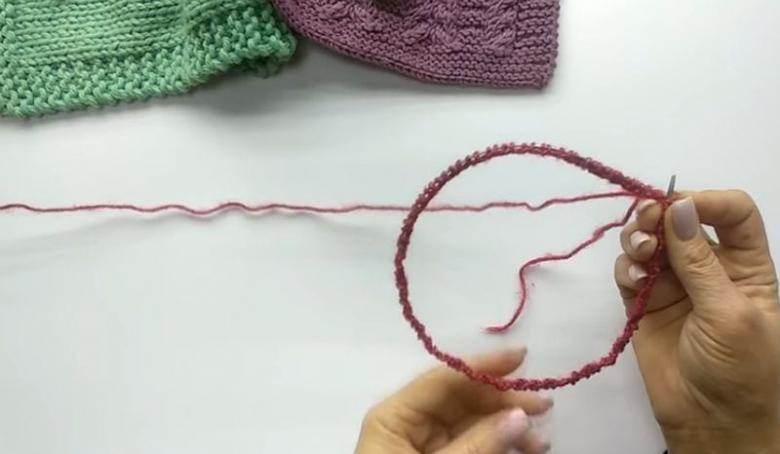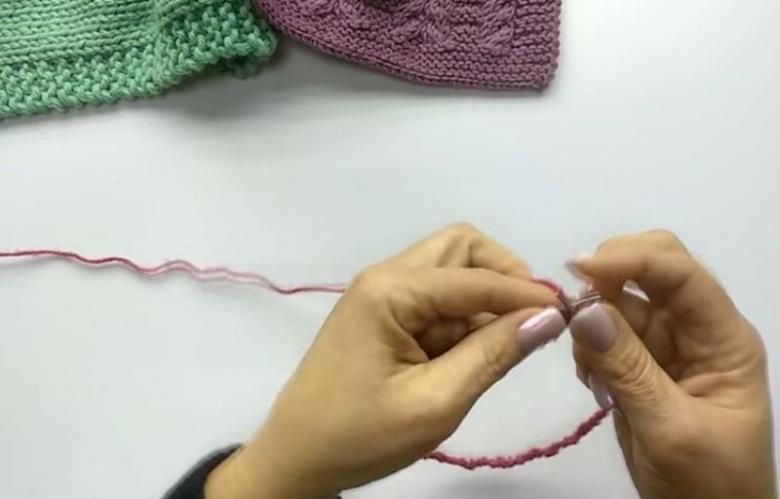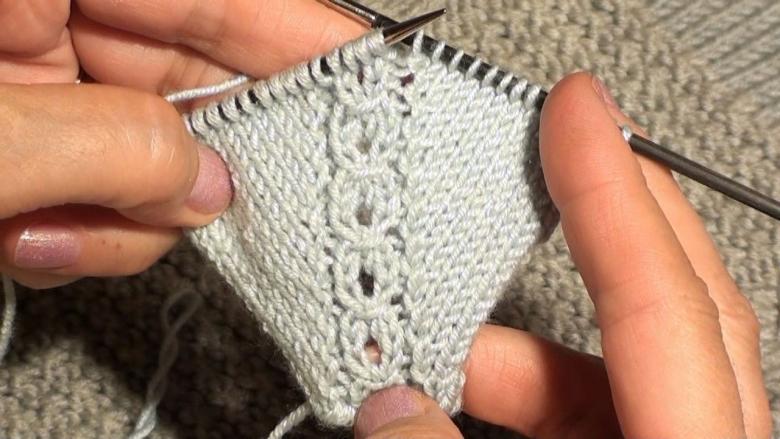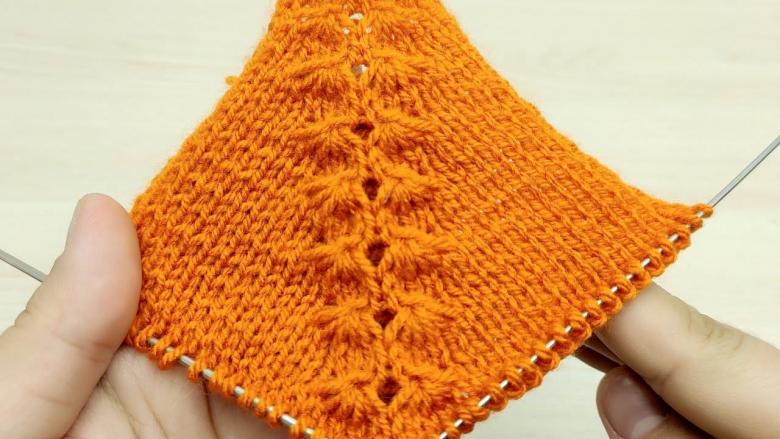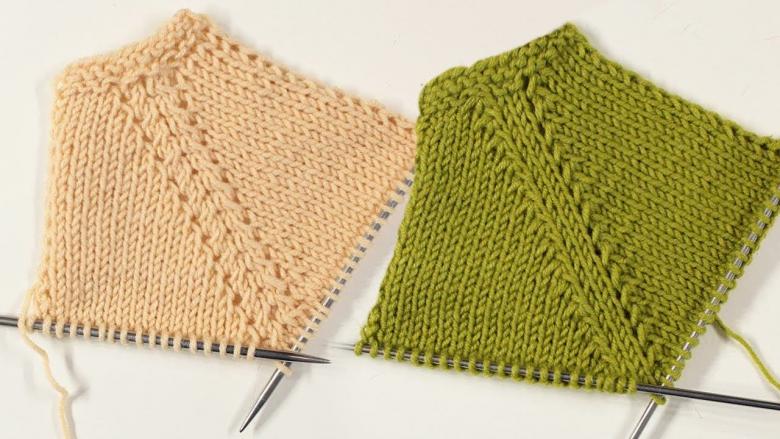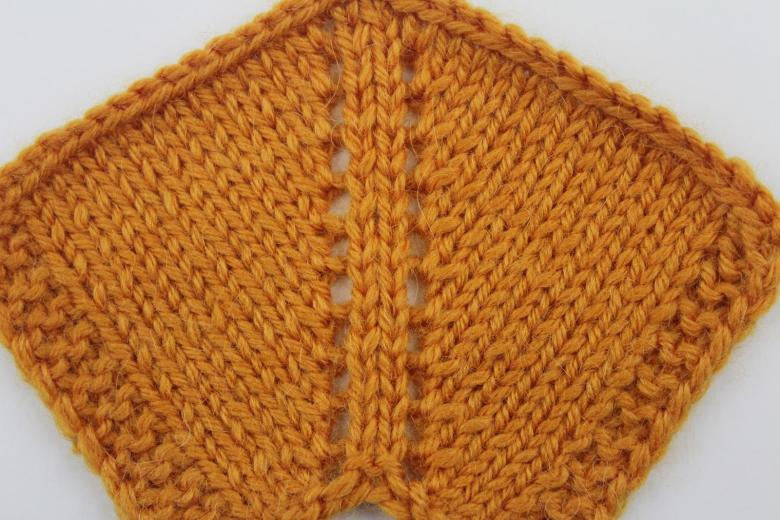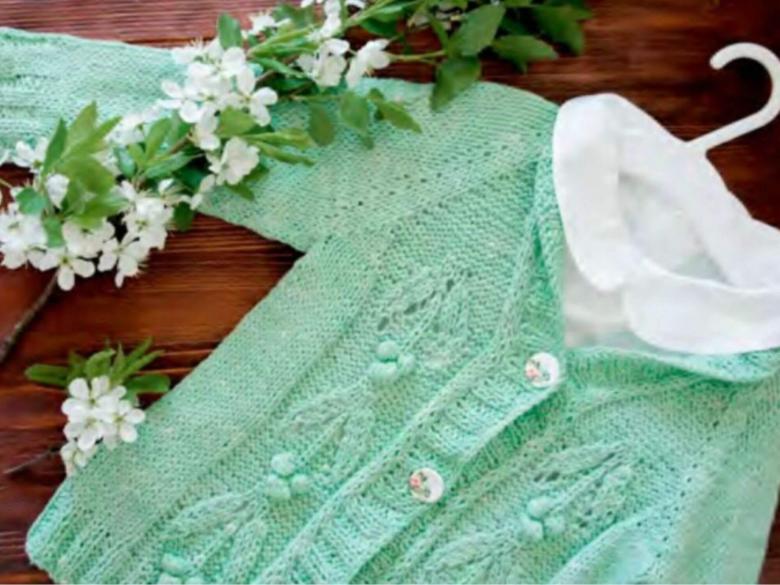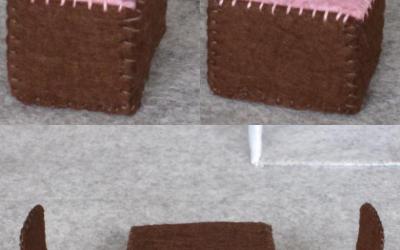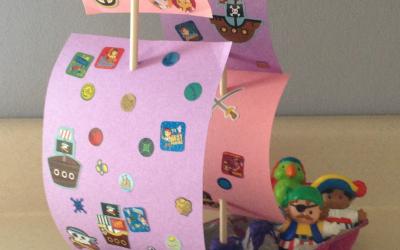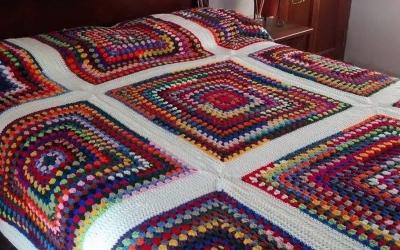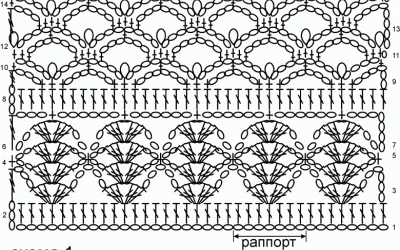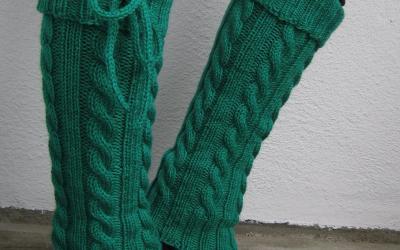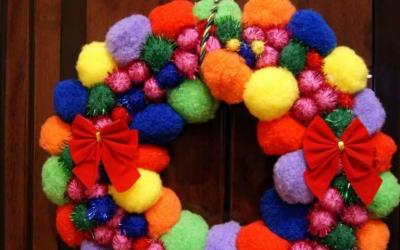Knitting raglan with scissors: the advantage and a detailed description of the technique for beginners (75 photos and diagrams)
A raglan is a form of joining the sleeve and the main part of the knitted thing. There is a legend according to which raglan was invented for the general of the same name, who felt discomfort from the friction of the seams of the garments on his shoulder wound.
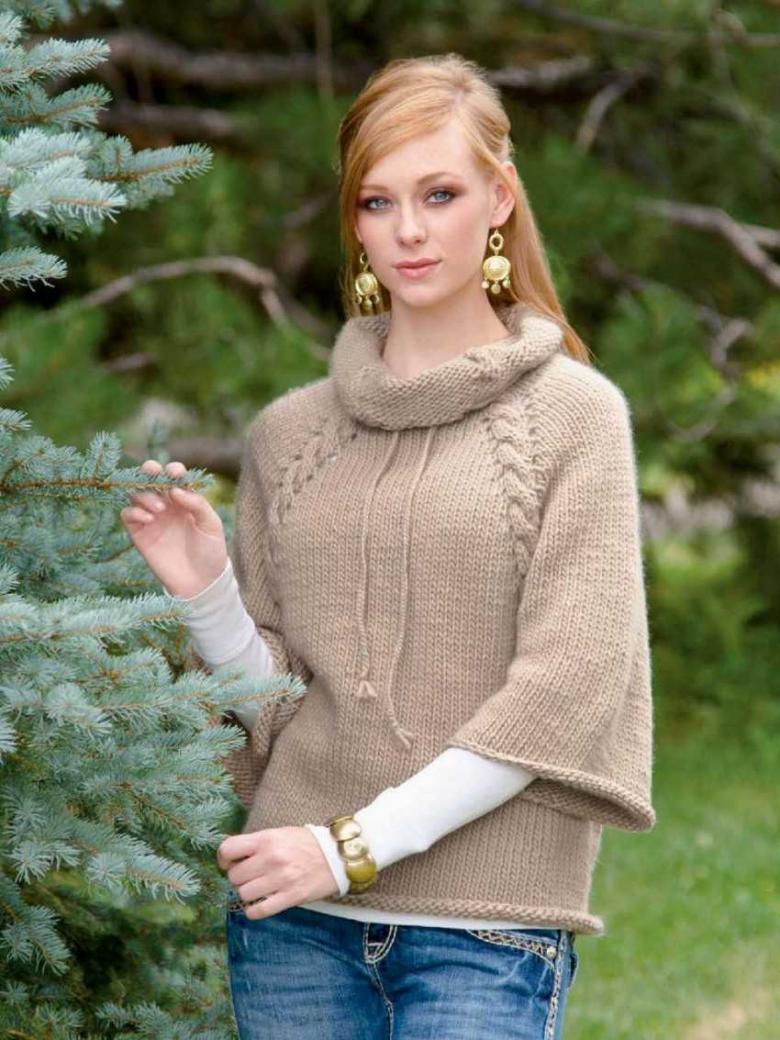
In knitting raglan is performed so that the sleeves smoothly pass into the back and front of the product, instead of seams remains the raglan line, which can be done with simple front loops or in the form of a pattern.
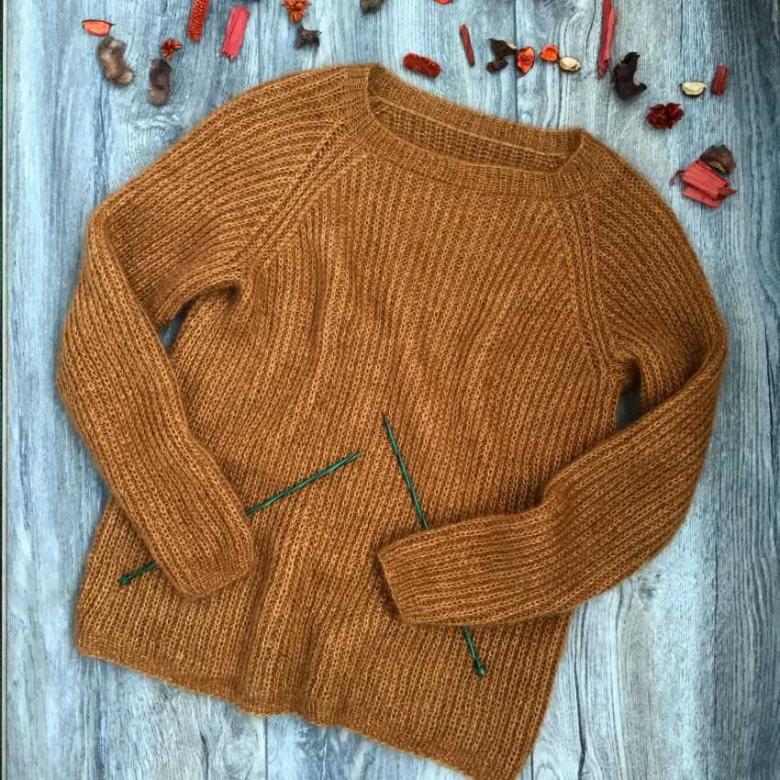
Clothing with raglan technique will always be a component of a basic closet. In knitted things raglan line can be beaten up with braids or lace, then it will look even brighter and more elegant.
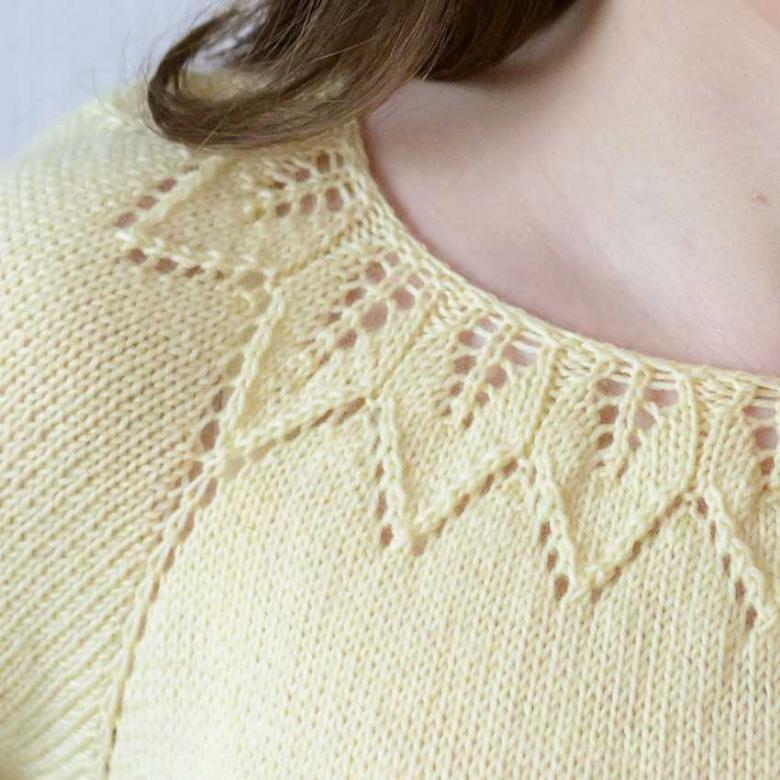
Types of raglans
Choosing for a product with raglan it is necessary to determine what kinds of raglans knit and elements of any closet items they are used. By method of execution there are raglan raglan forms: regular, raglan pogon, sleeve fancy raglan. By the number of seams (raglan lines) are raglan with three, two and one line.

Advantages of knitting raglan top
Of course, to master all methods of knitting, it is worth a lot of work. But the more complex the method, the better will be the result of the needlewomen's labors. Choosing a complex knitting raglan from the neck, instead have a number of advantages:
- There is no need to additionally sew the sleeves and the main part of the product.
- It is easier to control the consumption of yarn.
- At any stage of knitting, the garment can be worn and adjusted to fit.
- If necessary, you can quickly increase the length of the leaf sweater (especially useful if you knit things for young children who grow up very quickly).

A raglan sweater
Irish raglan (or raglan shoulder strap) owes its name to the band on the shoulders, similar to epaulettes. Consider the scheme of knitting raglan shoulder straps from the neck. Type of epaulettes obtained by dividing conventionally raglan line into 3 curves:
- The first part (epaulettes) is knitted with additions only on the back and front side, additions on the shoulder straps side are not needed.
- The second curve of raglan line, on the contrary, is knit with the additions only on the side of the epaulettes (sleeves). Extensions on the side of the main product is not required.
- The third part is knitted in the classic way - adding loops on both sides of the raglan line.

If you choose to knit with knitting needles from the neck down, raglan shoulder straps will not care about the seams on the fabric and allow you to adjust the length and width of the sleeves and torso at any time.
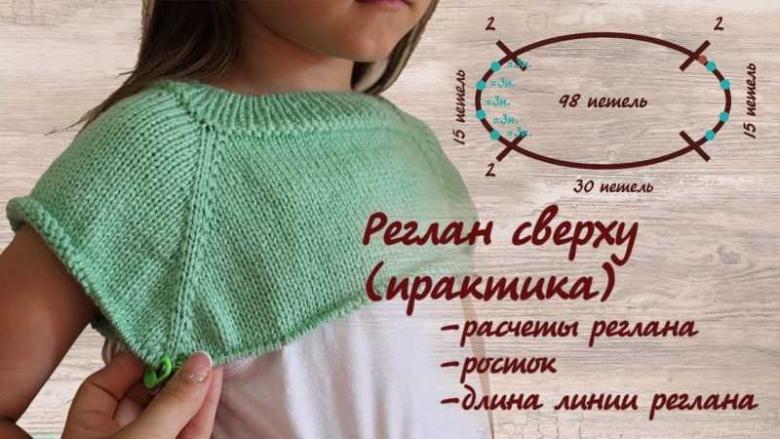
Knitting sweaters
Consider knitting a sweater sweater for women with an element of raglan without seams technique from top to bottom. This method is considered more complicated than tying the sleeves to the "carcass" of the product from the bottom, but the advantages of this method is not small.
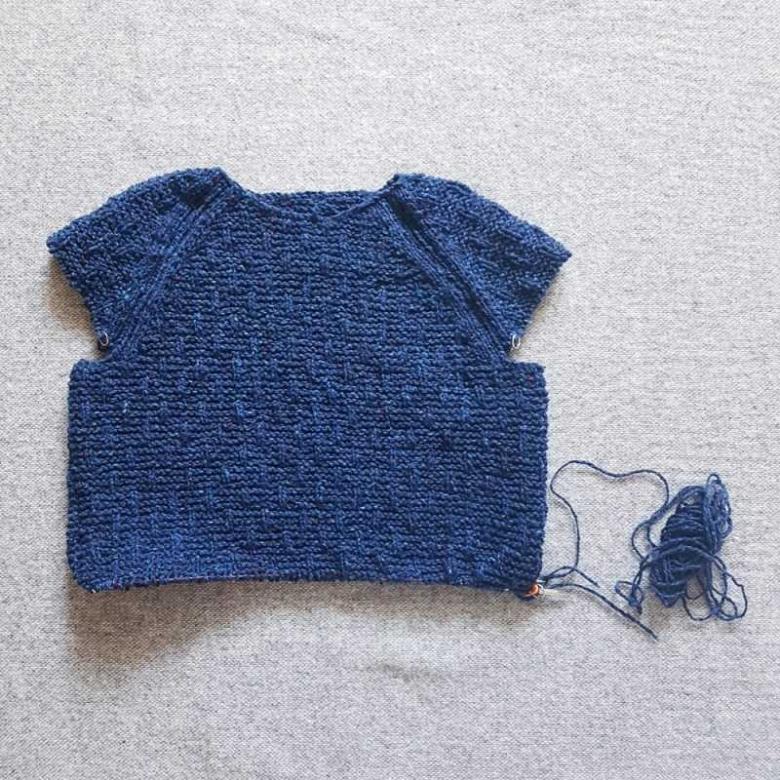
Preparatory work
Getting to the creation of a sweater, you must first perform all the preparatory work. It is necessary to figure out the width of the waist circumference, neck and chest line. If you can not take exact measurements, use statistics, for example, the girth of the neck is usually 32-35 cm.
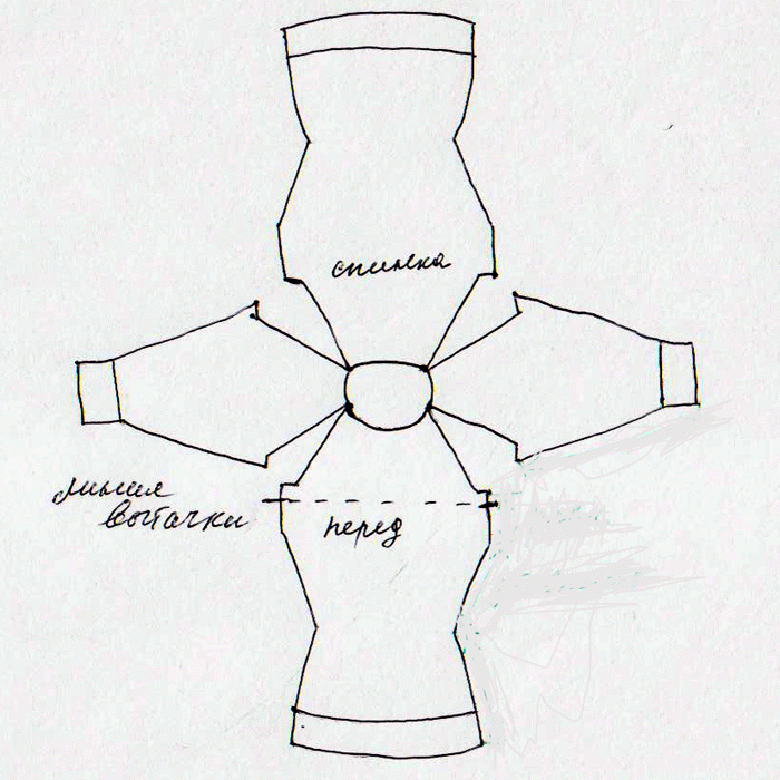
The approximate number of loops for a 35cm neck is: for the back 26, for the sleeve 9, and for the front 27. If there are specific sizes, calculate the right number of loops just for your sweater, these calculations will be the basis for knitting the whole product.
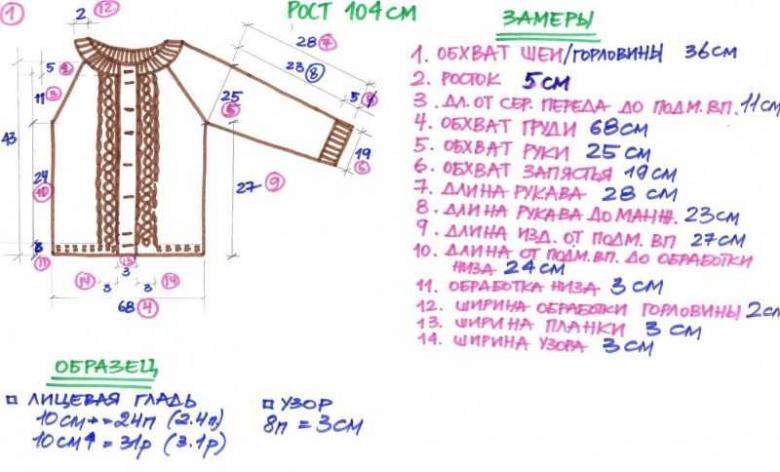
Scheme for knitting a sweater.
To form the correct neckline, consider that the neckline on the back is higher than the neckline on the front of the sweater. Let's start with the necessary number of stitches: 1 stitch for the front, 2 for the raglan line, 9 for the sleeve, 2 for the raglan line, 26 for the back, again 2 for the raglan line, 1 for the front.

Then we knit in rows. Remember to add a few stitches every other row to form the neckline at the front of the piece. The last row of loops will determine the depth of the neckline of the sweater and is knitted according to the shape and preference of the customer.

Also after 1 row make additions along the raglan line, until we get the desired number of loops of the front - in our case they should be 27. Now you can join the knitting in a circle and move to circular needles. Continue adding stitches through the rows along the raglan line.
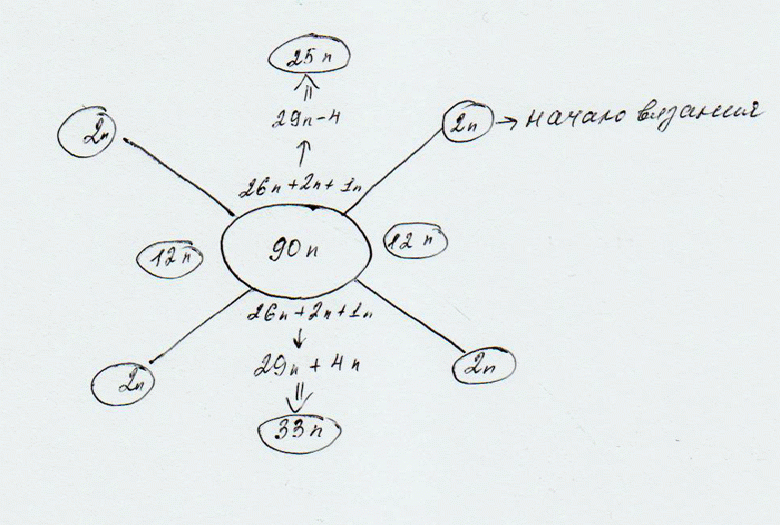
When the raglan lines are tied enough, the front and back should come together. Now the buttonholes for the sleeves should be taken off on separate spokes. The raglan is ready.

When knitting the "carcass" of the sweater, the number of loops does not increase, and knit in straight rows to the required length. For knitting the sleeves it is also more convenient to use circular needles. To narrow the sleeves, add stitches every 6 rows. It remains to tie the neck and the sweater is ready.

Knitting a cardigan
Another trendy thing in the closet is a knitted women's cardigan. There are many types, styles of cardigans: from refined to related rough very coarse knitting. No lover of knitted things will not remain indifferent to this subject of the closet.
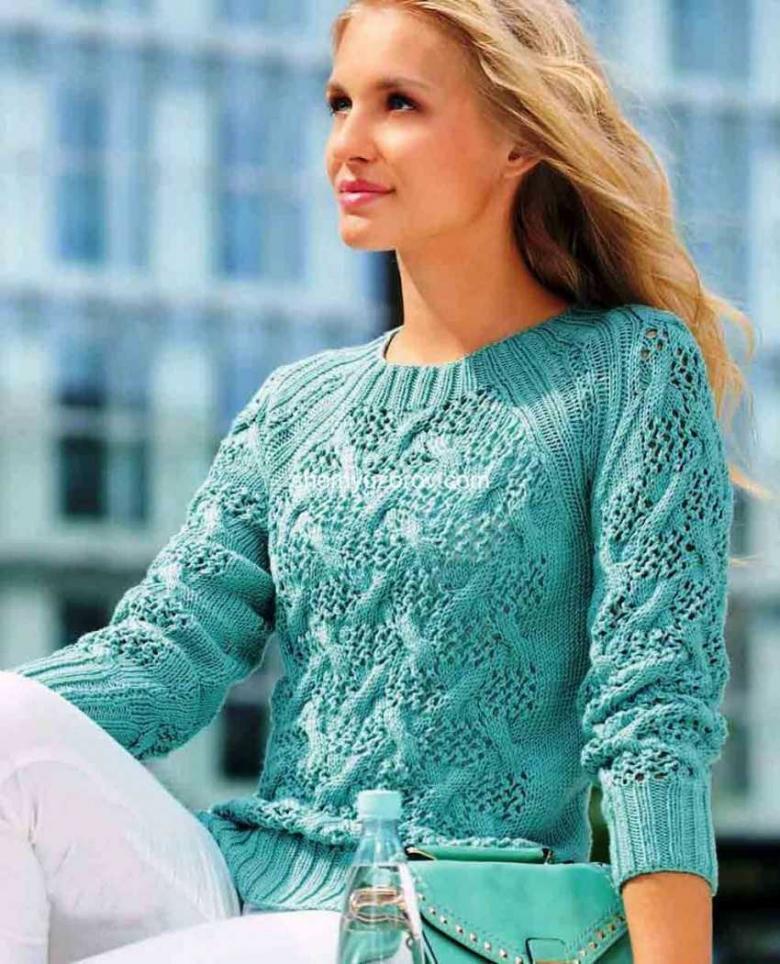
If you are gaining experience, we recommend to learn how to knit a cardigan for women with raglan top. This style, not having seams, allows you to make a silhouette more elegant, visually reducing the width of the shoulders.

The main element of raglan shoulders is, of course, the raglan line itself. It can be done on a smooth fabric to be more noticeable and to set the mood of the whole product. Or on the contrary, it can be part of the pattern or even be made as a braid itself. Determining the raglan line, you need to choose the knitting method: classic raglan, raglan pogon or fancy version.
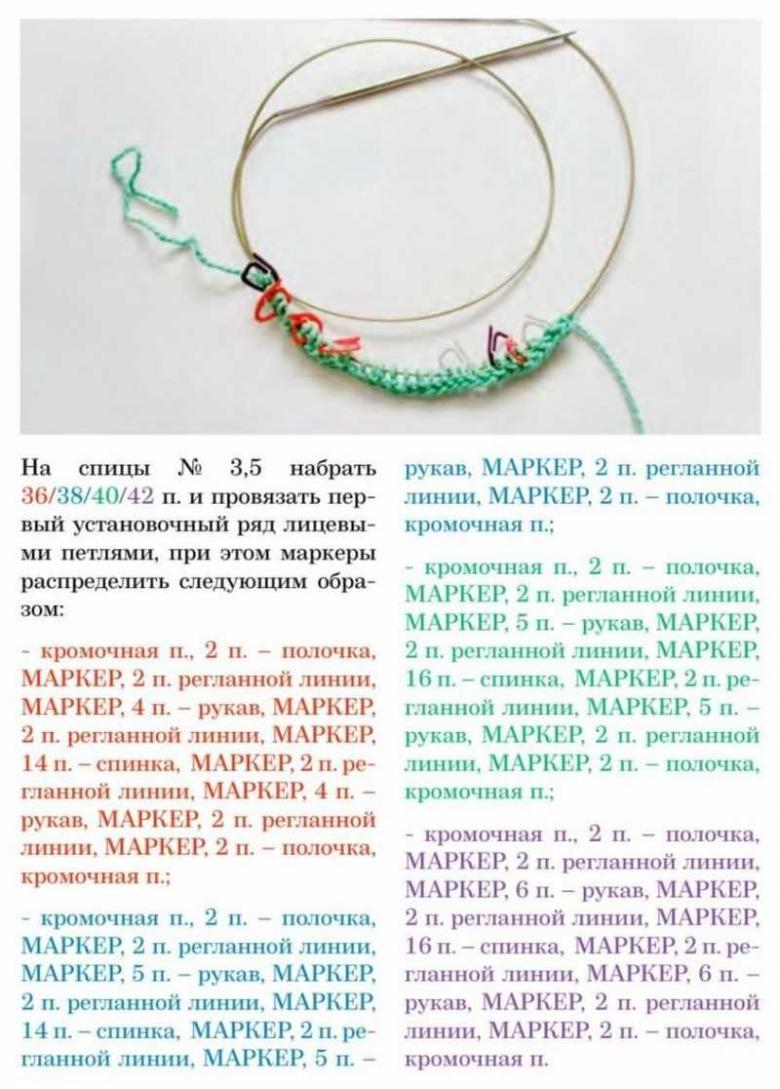
Considering the process of creating a cardigan in the simplest variant - the front smoothing - consider in great detail the scheme of knitting raglan on top with scissors.
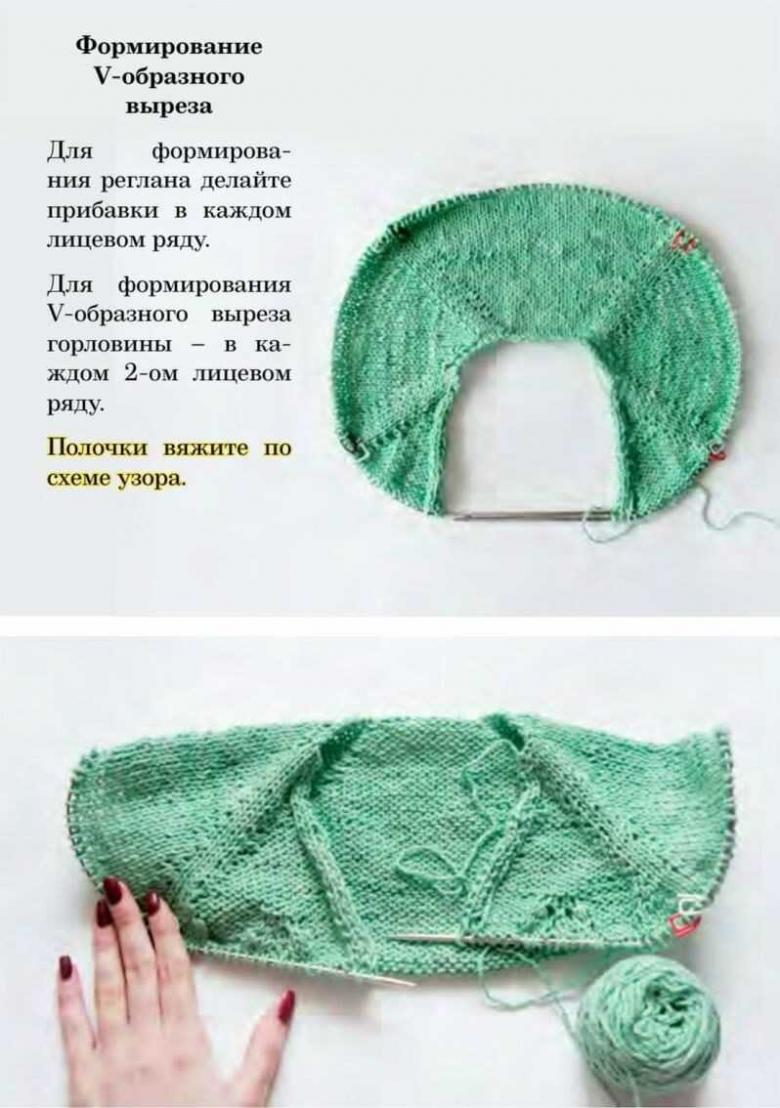
Cardigan will be knitted conditionally of 5 parts: 2 shelves, back and 2 sleeves. Dial a number of loops according to the required size. For example, for size 56 calculation is as follows: 18 loops for the sleeves, for each of the shelves 24 loops, 34 loops for the back and 8 loops for the raglan lines.

Next, knit the fabric, in each of the front rows make additions on both sides of the raglan line. For the raglan line pattern, you can cross stitches in each row where we make an addition.
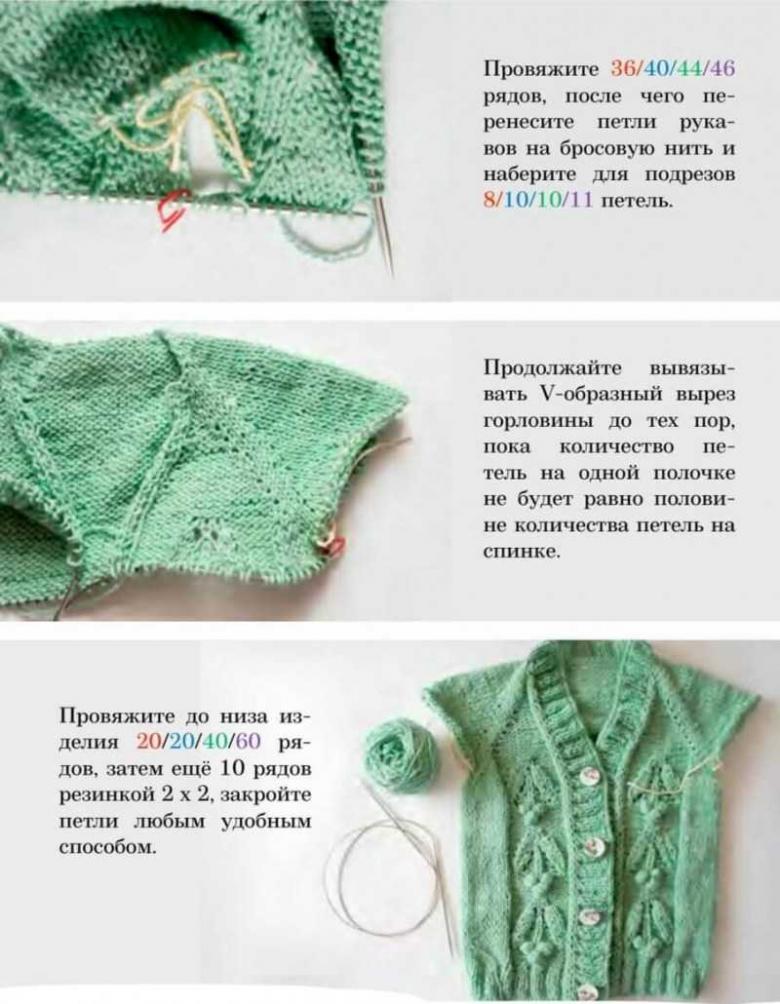
When the raglan is tied, we join the back and shelves of the cardigan, for the sleeves we add 15 loops, dividing them into 2 parts - at the beginning and end of the row. Next, knit the cardigan in a circle.
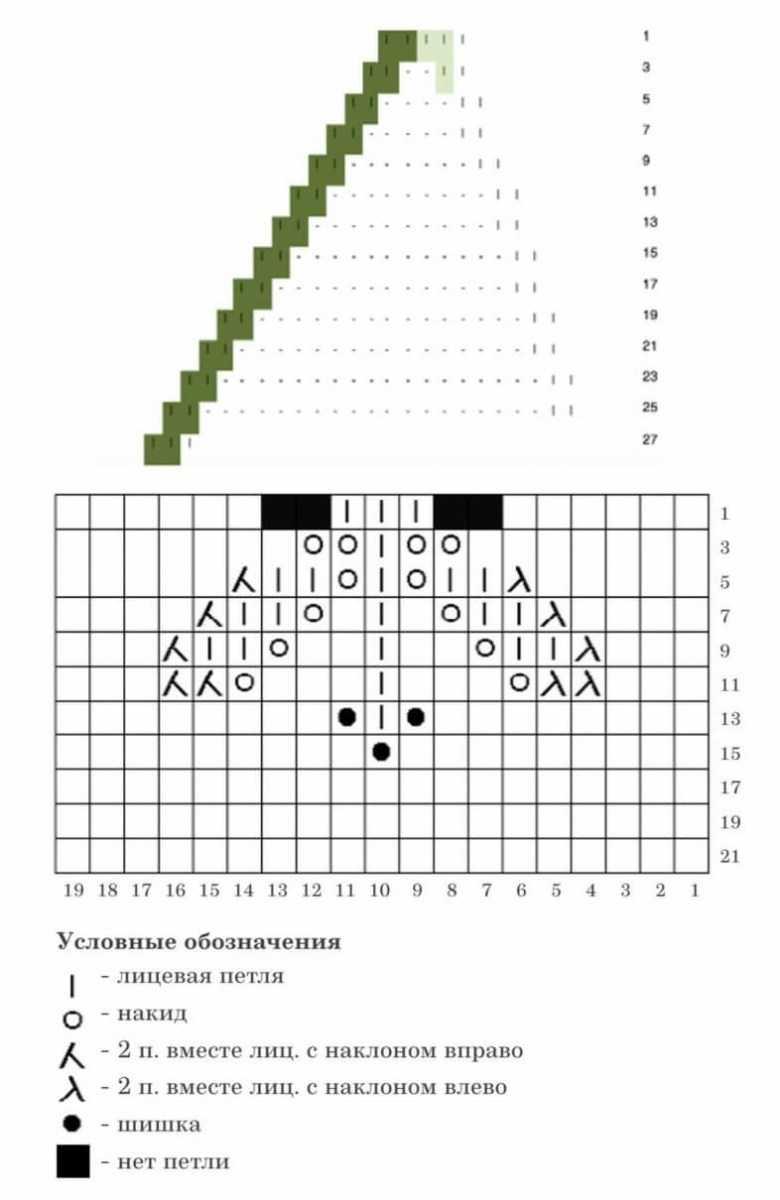
If you need to widen the fabric, use the method of adding loops from the right wall of each 10 loops in the row, every 5-8 cm of the fabric. In other words, we just knit two stitches from one loop. The extensions will be enough for about 5-8 times. Finish the whole length of the cardigan.

The sleeves are knitted on separate circular needles. For the narrowing, we will make cuts every 5-6 rows. Finish the sleeve can be cuffed with an elastic band.
